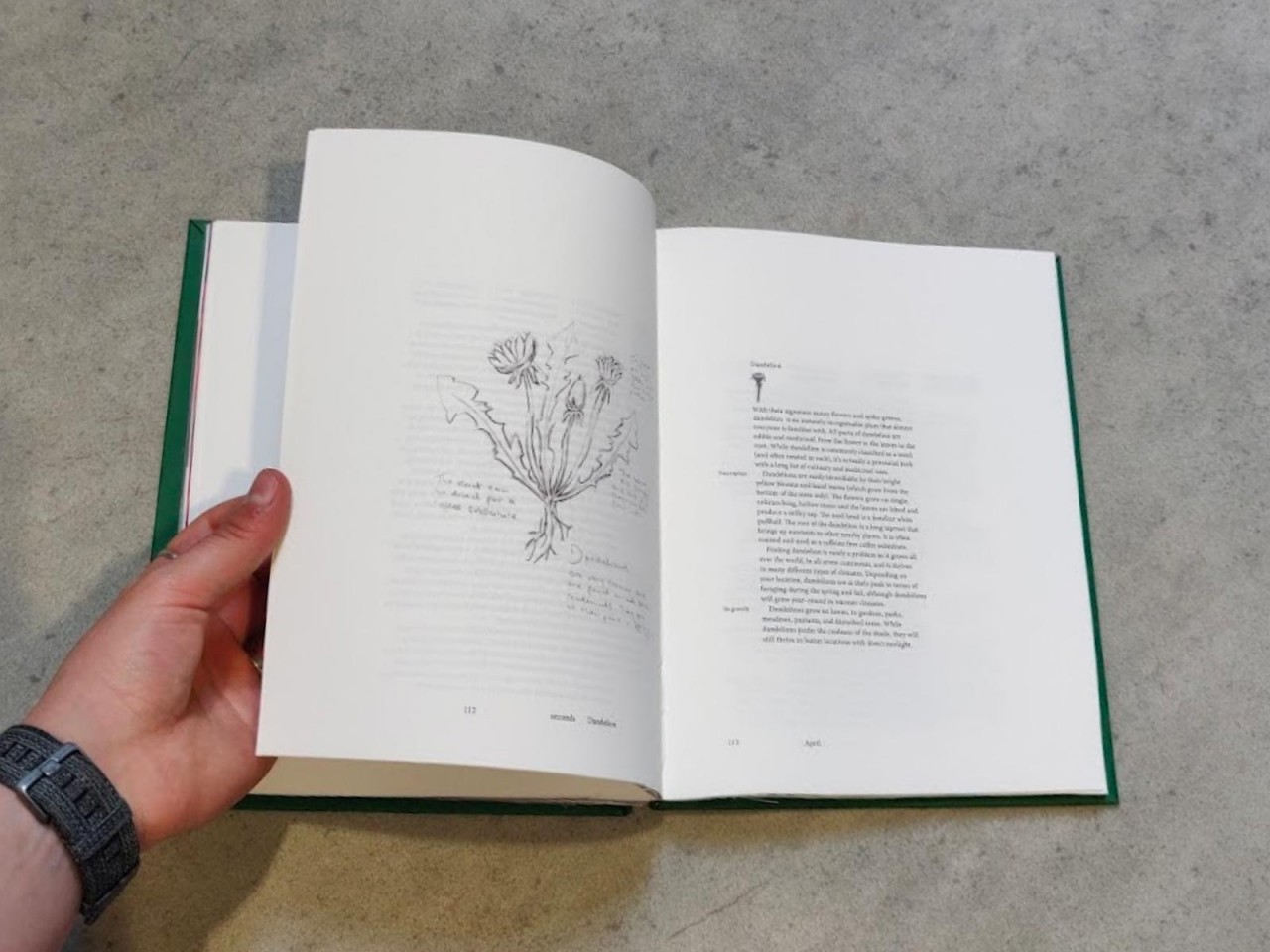Seconds
Meghan’s thesis topic stemmed from her interest in hospitality and the food and beverage industry. Being raised in a household where her partners were involved in the industry and all her part-time work was in restaurants, it was impossible for her not to love it. Her thesis looks at the ‘Gin-trification of the Irish Craft Gin Packaging’ which unpacks the exploitation of portraying traditionality and a sense of a nation’s brand on the packaging of Irish craft gins. This project is based on Meghan’s findings of the shift from an evidential handmade package to a superficial image. She realised that the way an object is portrayed may not necessarily mean it is the truth.
This publication is multifunctional. It provides the audience with an insight into Meghan’s personal life and experiences that she has encountered relating to self-expression in the hospitality industry. This ties in with the theme of not everything is as it seems. Today, society puts labels on everything that we do and even though there are many places becoming accepting of self-expression, there are still barriers. She wants people to think twice. The visual appearance of someone should not hinder their path to reach their full potential.
Meghan has 2applied the theme of not everything is as it seems to foraging as this is a passion of hers. Similarly with nature, the so-called weeds and shrubs have more to give than being that plant on the side of the road. The publication has a focus on identifying these plants and providing recipes where they can be used to their full potential.
Throughout the publication the aim is to demonstrate the shift in appearance from foraging to going to work in the restaurant. Meghan wants to highlight that even though there are barriers into the hospitality industry at an educational level regarding one's appearance, this should not stop you from following that vision and do not let it hinder your own expression.
The title of this project is based on the idea that at a first glance society sees a surface level image of a person or object. It is when you give that person or object the time or space that it needs that you uncover the full potential and therefore it has a second meaning. ‘Seconds’ is also a term which we see used in the hospitality industry for more food.







